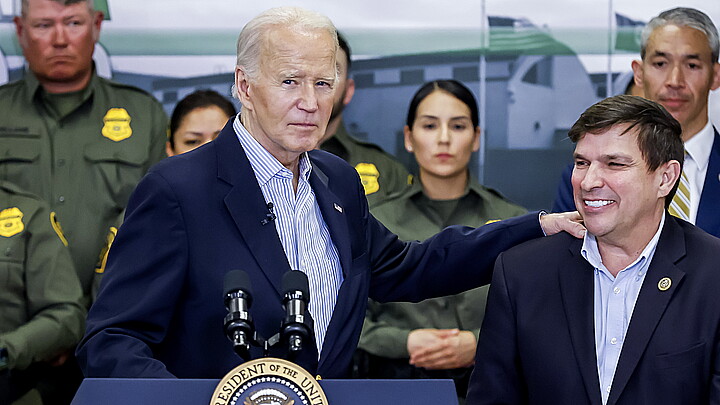Immigration
Illegal border crossings down from record highs after end of Title 42
The data shows that U.S. Customs and Border Patrol (CBP) agents have encountered an average of 3,700 undocumented migrants at ports of entry every day

June 7, 2023 9:18am
Updated: June 7, 2023 9:18am
Border crossings by undocumented migrants at the southern border have decreased by almost 70% after the immigration policy Title 42 ended in May, according to data released by the Department of Homeland Security (DHS) on Tuesday.
The data shows that U.S. Customs and Border Patrol (CBP) agents have encountered an average of 3,700 undocumented migrants at ports of entry every day, according to the statistics. The figure is significantly low compared to the 10,000 undocumented migrants that CBP officials were encountering every day before the end of Title 42.
In a press release, the Biden administration said the figures for border crossings dropped due to the clear message to migrants who are crossing the border, including warnings about the possible consequences they will face if they cross illegally.
“Since the CDC’s Title 42 public health Order lifted and the Biden-Harris Administration’s comprehensive plan to manage the border went into full effect on May 12, DHS has continued to experience a significant reduction in encounters at the Southwest Border,” the press release said. “The Administration’s plan is working as intended.”
Title 42, implemented under the Trump administration in 2020, allows border officials to quickly expel asylum seekers at the border to prevent the spread of the coronavirus pandemic. The policy expired at 11:59 p.m. on May 11.
U.S. authorities estimated that around 13,000 to 18,000 undocumented migrants will attempt to cross the U.S.-Mexico border every day with the ending of Title 42. However, the numbers that attempted to cross proved to be far less than originally anticipated.
After May 11, around 38,400 undocumented migrants have been deported to more than 80 countries. Around 1,400 of the migrants were from Cuba, Nicaragua, Haiti, and Venezuela were sent to Mexico as part of the latest agreement between the country with the United States.










